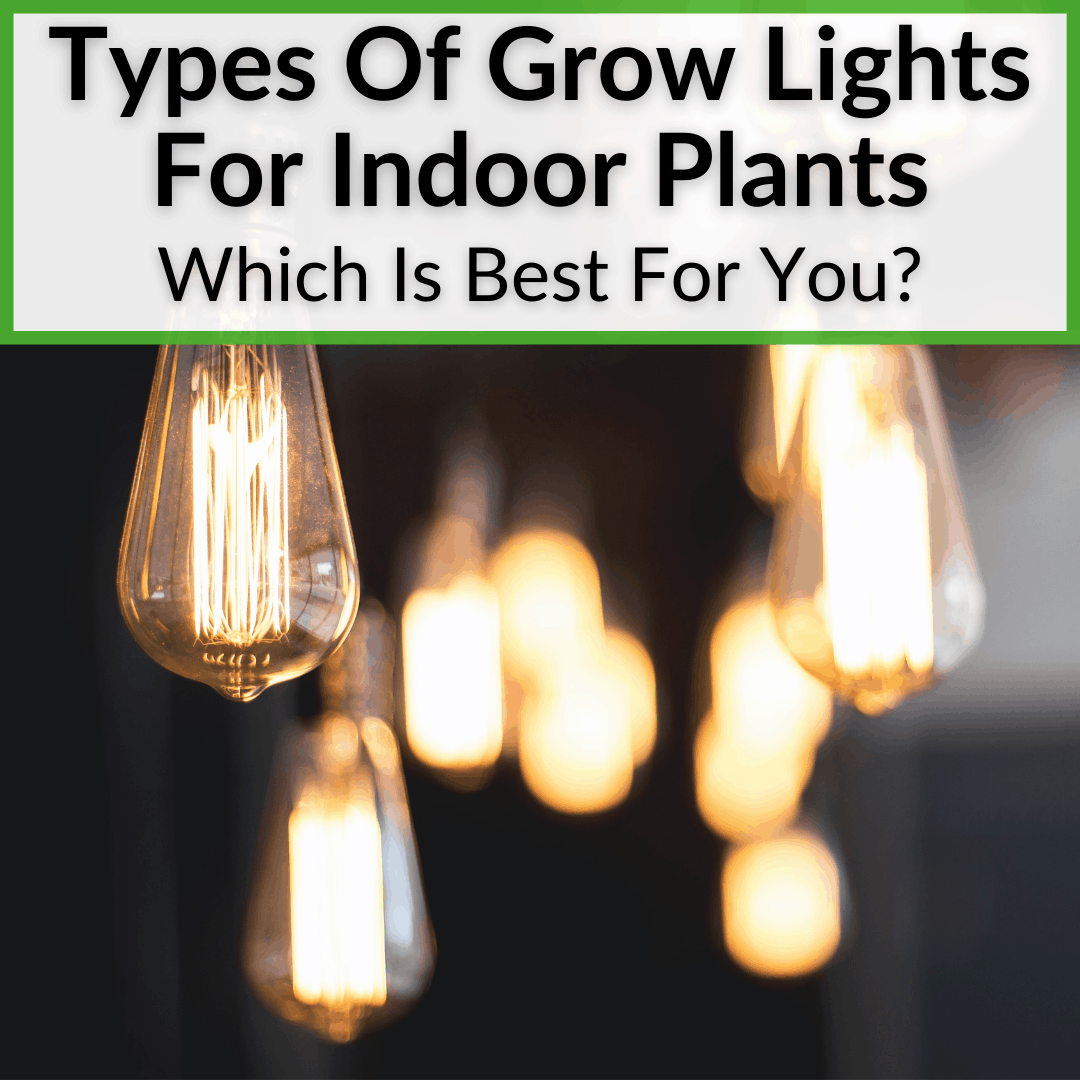
It doesn’t matter if you’re growing cannabis, tomatoes or anything else.
That’s because we now have far more options than ever before when it comes to types of grow lights for indoor plants.
And the prices have never been lower either.
But so much choice does have its disadvantages. It makes it harder to know which lighting option is best for you.
This article will help. Keep reading to learn about the different types of plant lights available, their advantages and disadvantages, and for which type of grower each is best.
Contents
Types Of Grow Lights For Indoor Plants
We will not cover every single type of grow light here, since there are far too many obscure types that are hard to find and few people use anyway. The ones below are by far the most common.
Incandescent Grow Lights
Incandescent lights are the traditional light bulbs you have seen for years. It is the oldest lighting technology (apart from fire) and the least energy efficient. These grow lights cost a lot to run.
Incandescent bulbs have a filament inside that is surrounded by a vacuum sealed glass bulb. When the filament is excited by electricity it burns and creates light.
The light produced by incandescent bulbs creates heat, and care is needed to keep the bulbs a safe distance from your plants to avoid burning the leaves, especially in the delicate early stages of growth.
Advantages
- This type of bulb is extremely inexpensive and widely available
- The fixtures needed to house incandescent bulbs are also widely available and inexpensive
- The most common fixtures you will see are clip on floodlight type fixtures, floor standing lamps, and standard table lamp style fixtures
Disadvantages
- Incandescent fixtures are not energy efficient compared to the other, more modern light fixtures available
- They take more electricity and tend to burn out faster, especially if you are using them for many hours per day
- They generate a great deal of heat, and when you have many of them in a room, that room can get extremely hot and cause you to need a cooling system just because of the heat they produce
Best For
Growers on a tight budget will find incandescent fixtures a good option. However, the spectrum of light they produce is a poor reproduction of the sun’s natural spectrum. Regular lights just are not as good as specialized grow lights.
It is best to use them in tandem with natural light, or other fixtures. They can also come in handy in the early stage of cannabis when you are germinating seeds and need to keep the temperature up to entice the seeds to sprout.
Finally, they are a good choice if you are growing weed on a window sill. Plants on a window sill get natural light for much of the day, so they just need a bit of a supplement.
Any situation where heating a plant is needed, incandescent bulbs are a good choice. But watch your distance, because they get extremely hot to the touch and will burn your fingers and your plants if they get too close.
LED Grow Lights
LED is an acronym for light emitting diode. These types of lights are a fairly new technology and are versatile and extremely useful in grow rooms.
The way they function is by moving electricity through a diode which produces light, using electroluminescence. They produce extraordinarily little to no heat, and because the light is produced by a diode, the color of the light can be tailored for different uses.
What kind of LED lights grow plants? All kinds can grow plants, but LED grow lights specifically designed for the task are best for horticultural purposes.
Advantages
- They do not require nearly as much electricity as incandescent light, making them energy efficient
- The technology allows for a single fixture to produce the full color spectrum of the sun’s natural light
- Of course, no light is as good as the sun, but certain LED lights are made to mimic the sun’s spectrum of light and they do a good job of it
- These lights produce much less heat, so you can place them close to plants and when you have many of them in a room, the ambient temperature is not going to go up as much
- The fixtures themselves do not need to be exceptionally large, so they have an advantage over other types when you need to get them in a tight place
Disadvantages
- LED lights do not always have the same output as bigger, more robust lights. Many of the cheaper brands on the market tend to produce less light overall, so you may need more of them to do the job that a single fixture of another type could do.
- Many cheaper fixtures have a blueish tint. Plants love blue light, but they need far more red during flowering (around a 5 to 1 ratio). There is also some concern that too much blue light exposure is dangerous to humans. Can grow lights cause cancer? It hasn’t been proven, but maybe, with prolonged exposure.
- Because you can get close to the light without getting hot, some growers experience a phenomenon called light burn, which cause yours leaves to turn yellow even though there is no heat damage.
- These fixtures tend to be more expensive.
Best For
LED lights are a smart choice for small growers and hobby growers with a small space and a handful of plants.
The low heat emission and wide spectrum light they produce will provide excellent light for their plants while not running up the power bill or turning the place into a sauna.
They can also be useful for large commercial grow rooms where power consumption is high, and using LED saves a lot on power and cooling costs. Not to mention bulb changes.
Plants love LED lights, but if you decide to use them be careful to wear protective glasses when in your grow room, and do not look directly at the fixtures to avoid harm to your eyes.
HID Grow Lights
HID lights are the big guns. The fixtures tend to be large, and the output can be massive. For some perspective, stadium lights are HID lights. Parking lot lights, streetlights and stage lights are all usually of the HID variety, too.
These lights can output lots of light per fixture, but not all HID fixtures are massive light emitting fixtures. There are some that are smaller and well suited for indoor grow rooms.
The way they function is quite interesting. There are two electrodes inside a vacuum sealed bulb which is filled with plasma or a sort of gas.
These lights are known for lasting a long time and putting out a lot of light. But they will not work by themselves, if you plug them into a random socket.
They require a device called a ballast, which is needed to amplify the initial electricity to start the light. Turning on the light initially requires a high amount of power.
HID Light Varieties
The are several different varieties of HID lighting. The most common are:
High Pressure Sodium
HPS bulbs are a version of HID light bulbs (or lamps as they are called in the industry). HPS lamps produce a more orange or red light and tend to be the HID light of choice when it comes to the flowering stage of cannabis.
Metal Halide Lamps
Metal halide lamps are a type of HID bulb that cast a blueish light. These lamps are excellent for producing growth in cannabis during the veg stage, but they are not great for the flowering stage.
Ceramic Metal Halide
Despite the similar name, these are very different from regular metal halide. They have a much more complete color spectrum that is very close to natural sunlight.
They also use less power and emit less heat. CMH lamps are the best form of HID lighting, if you are using a single light for all stages of plant growth. They are great lights for veg and bloom.
Advantages
- HID fixtures are energy efficient and produce a high output of light per fixture. These traits make them great long term investments for serious growers.
- This type of light still seems to be the most popular with mid-size to large commercial growers (though this is changing in favor of LED). If the big guys are using these, you know they produce good enough results for you if you are a hobby grower.
Disadvantages
- HID fixtures and lamps are expensive, but generally cheaper than LEDs.
- They require a ballast which costs more money. Most fixtures that are made exclusively for HID lamps already have a ballast, which is one of the main reasons they are so expensive.
- HID lights produce a lot of heat. Typically, growers will have tall ceilings with the HID lights close to the ceiling and far away from their crops. This does not make them less hot, but it does lower the temperature close to the plants.
- You need a lot of space to operate several HID fixtures due to the heat and size of them.
- You’ll need to replace your bulbs every 2-3 grows on average, which adds to the cost (especially for a large operation). These bulbs deteriorate over time.
Best For
Commercial growers who have large facilities. These lights need space, and if you are in a cramped room, they will be to hot and too bright.
If you are a smaller grower, these are still a great option if you have the budget for them and enough room to fit them into your setup. This article explains CMH light in more detail.
We also have an article comparing HID vs LED grow lights, in case you are trying to decide between the two, plus another one doing the same for LED grow lights vs MH.
Fluorescent Lights
Fluorescent lights recall the long tube style lights you see attached to ceilings in garages, mechanic shops, and other commercial spaces. However, they are no longer just these large tubular fixtures.
There are compact fluorescent lights as well that will fit into a regular incandescent fixture socket. Both types work well for plants.
These lights are popular with home gardeners because they are not too expensive and do not emit as much heat as incandescent or HID fixtures. They produce a fair amount of light per fixture and are pretty efficient, though not as efficient as HID or LED.
The way they function is by igniting a mercury vapor gas trapped inside a vacuum sealed container. The excited gas produces a bright light that interacts with the phosphor layer on the inside of the glass container. This is the powdery stuff you see when you find a smashed fluorescent light.
Advantages
- They are not awfully expensive and are widely available. Some of the newer, more deluxe fixtures cost more, but the traditional troffer style tube fixtures can be had for cheap.
- They are easy to place and set up because many of them are simple ceiling mount fixtures that require only 2 screws to attach them to a ceiling stud.
- These lights excel at early growth stages.
- They do not get nearly as hot as incandescent or HID lamps.
Disadvantages
- Fluorescent lights do not have the ideal spectrum of light for the flowering or late veg stage; they will work, but not nearly as well as HID or LED (full spectrum white LED) lights.
- They do not produce as much light per watt of power as HID or LED, making them less energy efficient (but still far more efficient than incandescent).
Best For
Home growers who need cheap lights that do not produce too much heat. They are also great for early growth stages since they usually have a blue-heavy spectrum and will not burn the delicate plants.
If you have a small area with several plants in the early stages of growth, fluorescent lights are a great choice because they will not hurt the babies, and you will not be heating up the nursery with massive hot lights. Read up on T5 fluorescent vs LED grow lights here.
For anything but the smallest grow areas, it is usually best to go with LED grow lights over fluorescent. To see why, calculate how many grow lights you need and see what they will cost to buy.
Then add in the costs of new bulbs once a year or so for fluorescents, plus the higher energy costs. you will see that LEDs are much cheaper in the long run, once you get to the point where you need more than a single light or two.
Types Of Grow Lights: Final Thoughts
We generally recommend LED grow lights for almost everyone these days. Fluorescent lights can make sense for smaller grows of plants that do not flower, or for dedicated seeding, cloning or vegging spaces.
HID lights no longer have any real advantages over LED. The one exception is CMH. These bulbs rival a good LED fixture in terms of efficiency and spectrum, but LED (quality fixtures, of course) is still better. CMH does generally cost a bit less, though.
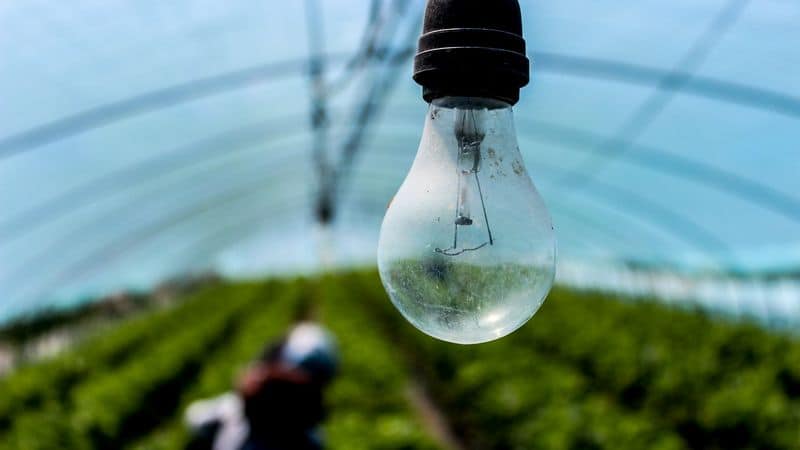
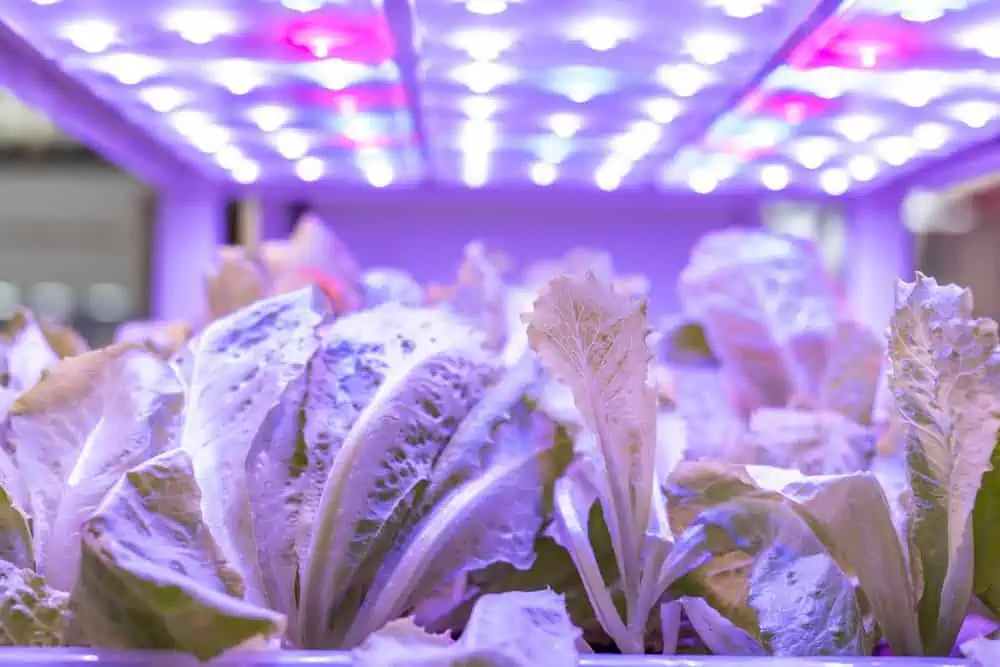
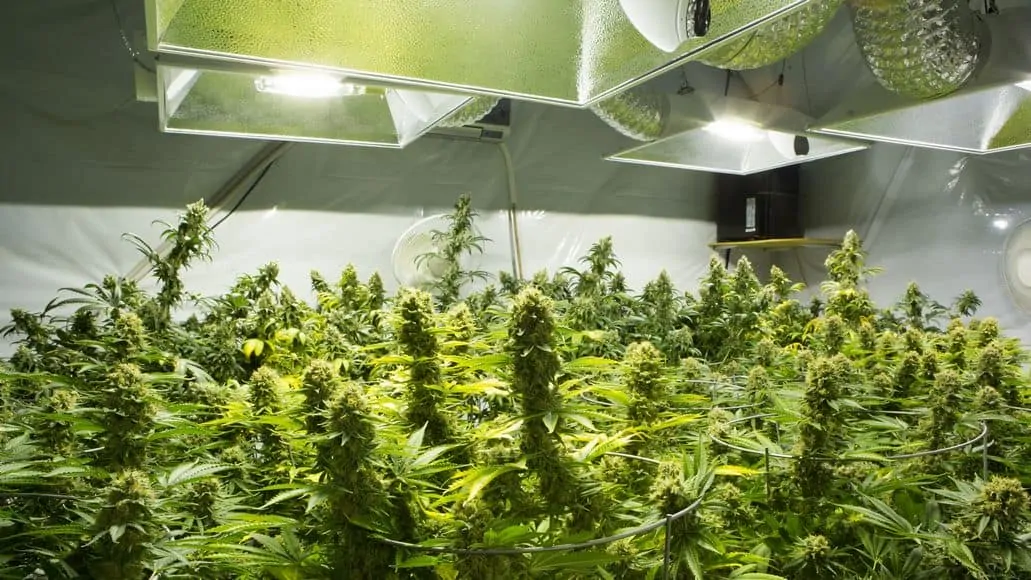
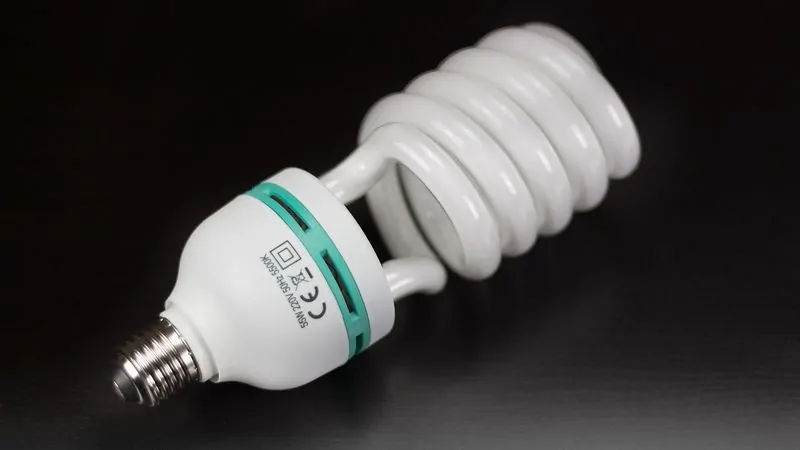
My first grow light was a Bestva DC series not even a year old started to run hot and luckily I caught it when the diodes started to melt, I have more than enough air circulation in my grow room. I have been trying to get warranty from Bestva but getting the run around. The Electric Sky I use now are great with excellent person to person anything. Do research before investing your money.